Interactive MCP Troubleshooting: Building Dynamic Visual Decision Trees with AI
Transform complex diagnostic procedures into intuitive visual pathways
Effective MCP troubleshooting requires clear visual representation to navigate complex diagnostic processes. Interactive flowcharts offer an intuitive approach to transform technical procedures into accessible, dynamic pathways that adapt to real-time diagnostic results.
Understanding the MCP Troubleshooting Landscape
The MCP (Modular Communications Platform) troubleshooting process often involves navigating through complex diagnostic procedures that can be challenging to understand and implement effectively. Traditional static documentation fails to capture the dynamic nature of troubleshooting workflows, leading to inefficient problem resolution.
A flowchart examples show how visualizing these processes can transform complex procedures into intuitive pathways. When comparing static vs. dynamic troubleshooting resources:
Static vs. Interactive Troubleshooting
Key Benefits of Interactive Troubleshooting Flowcharts:
- Reduced resolution time through guided diagnostic pathways
- Improved accuracy in problem identification and categorization
- Enhanced user engagement through visual interaction
- Adaptability to emerging MCP issues and solutions
- Standardization of troubleshooting approaches across teams
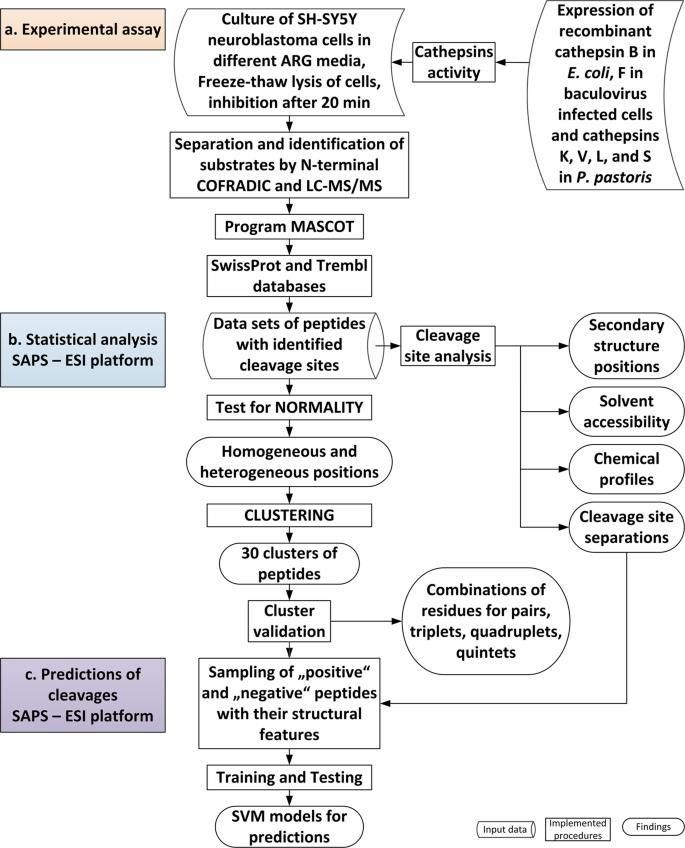
Essential Components of Effective MCP Troubleshooting Flowcharts
Building effective MCP troubleshooting flowcharts requires careful consideration of key components that facilitate clear navigation through diagnostic processes. According to BytePlus, a structured 5-step verification process forms the foundation of methodical MCP troubleshooting.
Standard 5-Step MCP Verification Process
flowchart TD
Start([Start Troubleshooting]) --> Step1
Step1[1. Verify Credential Configurations] --> Check1{Valid?}
Check1 -- Yes --> Step2
Check1 -- No --> Fix1[Fix Credentials]
Fix1 --> Step1
Step2[2. Check Network Connectivity] --> Check2{Connected?}
Check2 -- Yes --> Step3
Check2 -- No --> Fix2[Resolve Network Issues]
Fix2 --> Step2
Step3[3. Validate SSL/TLS Certificates] --> Check3{Valid?}
Check3 -- Yes --> Step4
Check3 -- No --> Fix3[Update Certificates]
Fix3 --> Step3
Step4[4. Review Server Logs] --> Check4{Error Found?}
Check4 -- Yes --> Fix4[Address Specific Error]
Check4 -- No --> Step5
Fix4 --> Step4
Step5[5. Test Multiple Auth Methods] --> Check5{Works?}
Check5 -- Yes --> End([Issue Resolved])
Check5 -- No --> Escalate[Escalate Issue]
Escalate --> End
Creating Effective Decision Points
Effective decision points are critical components in interactive troubleshooting flowcharts. They must be clearly defined, concise, and lead to actionable next steps. When designing decision nodes, consider incorporating:
- Binary yes/no options for clear pathways
- Conditional logic based on specific error codes or symptoms
- Prioritization indicators for critical vs. non-critical issues
- Reference links to relevant documentation or resources
Visual Symbols for Effective Communication
Various flowchart symbols serve specific purposes in troubleshooting workflows. Designing a consistent visual language enhances user understanding and navigation.
Process Steps
Standard actions or procedures
Decision Points
Questions requiring yes/no responses
Terminals
Start/end points of processes
Integrating PageOn.ai's AI Blocks
PageOn.ai's AI Blocks feature enables the connection of disparate troubleshooting paths, creating comprehensive diagnostic frameworks. These intelligent components can:
- Automatically suggest related troubleshooting branches based on error patterns
- Connect similar issues across different MCP components
- Build intelligent decision trees that adapt based on historical resolution data
- Integrate live documentation updates into existing flowcharts
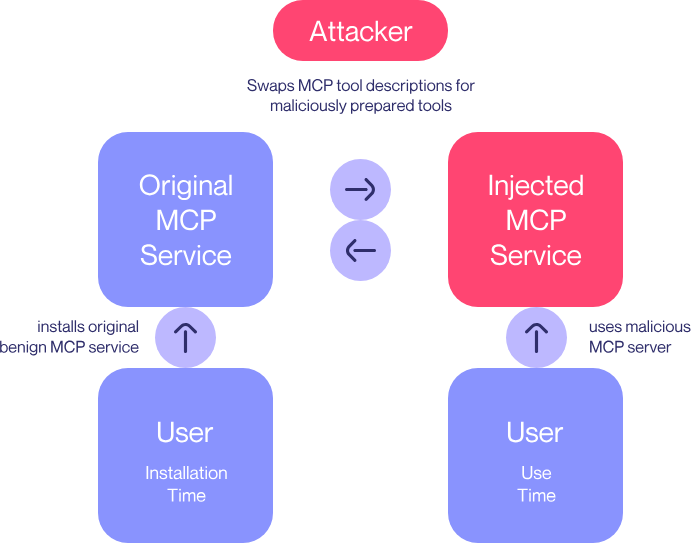
Building Your MCP Diagnostic Framework
Translating methodical troubleshooting approaches into visual architectures requires a structured framework that addresses common MCP issues while maintaining flexibility for unique scenarios.
Structuring Flowcharts for Performance Issues
Performance bottlenecks in MCP systems require specialized diagnostic approaches. Creating flowcharts that identify computational constraints helps technicians quickly isolate and resolve issues.
MCP Performance Bottleneck Analysis Framework
flowchart TD
StartPerf([Start Performance Analysis]) --> CPU[Check CPU Utilization]
CPU --> CPUHigh{High Usage?}
CPUHigh -- Yes --> CPUCause[Identify CPU-Intensive Processes]
CPUHigh -- No --> Memory
CPUCause --> CPUFix[Optimize or Scale CPU Resources]
CPUFix --> Memory
Memory[Check Memory Allocation] --> MemHigh{Memory Issues?}
MemHigh -- Yes --> MemCause[Identify Memory Leaks/Constraints]
MemHigh -- No --> Network
MemCause --> MemFix[Address Memory Management]
MemFix --> Network
Network[Evaluate Network Performance] --> NetIssue{Network Bottleneck?}
NetIssue -- Yes --> NetCause[Identify Network Constraints]
NetIssue -- No --> Disk
NetCause --> NetFix[Optimize Network Configuration]
NetFix --> Disk
Disk[Check Disk I/O] --> DiskIssue{I/O Bottleneck?}
DiskIssue -- Yes --> DiskCause[Identify I/O Constraints]
DiskIssue -- No --> Database
DiskCause --> DiskFix[Optimize Storage Configuration]
DiskFix --> Database
Database[Analyze Database Performance] --> DBIssue{Database Issues?}
DBIssue -- Yes --> DBCause[Identify Query/Index Issues]
DBIssue -- No --> EndPerf
DBCause --> DBFix[Optimize Database Operations]
DBFix --> EndPerf([Complete Performance Assessment])
Implementing Conditional Logic
Effective MCP troubleshooting flowcharts must incorporate conditional logic that adapts to specific error conditions and system states. This approach ensures comprehensive issue identification through:
- Context-aware decision trees that consider system configuration
- Environment-specific troubleshooting paths (development vs. production)
- Error code pattern matching for faster diagnosis
- Recursive validation loops to verify issue resolution
AI-powered flowchart tools can enhance the implementation of conditional logic by automatically generating complex decision trees based on historical troubleshooting data.
Using PageOn.ai's Deep Search
PageOn.ai's Deep Search functionality enhances MCP troubleshooting flowcharts by integrating real-time error code databases and documentation. This powerful feature allows for:
- Automatic error code lookups from within flowchart nodes
- Dynamic integration of updated documentation and knowledge bases
- Linkage between related issues across different MCP components
- Contextual recommendations based on system configuration

Interactive Elements That Enhance MCP Troubleshooting
Interactive visualizations for data exploration transform static troubleshooting guides into dynamic tools that respond to user inputs and adapt to specific diagnostic scenarios.
Interactive Element Usage in MCP Troubleshooting
Click-through Diagnostic Pathways
Interactive flowcharts feature click-through pathways that evolve based on user input and diagnostic results. These dynamic elements allow technicians to:
- Navigate complex troubleshooting trees with intuitive visual guidance
- Get immediate feedback based on diagnostic selections
- Access contextual information relevant to their specific issue
- Record diagnostic paths taken for future reference
Hover-state Information Delivery
Hover states provide immediate access to additional information without cluttering the main flowchart. These interactive elements can display:
- Technical specifications and parameter details
- Error code descriptions and potential causes
- Quick reference documentation snippets
- Statistical data on issue frequency and resolution success rates
Progress Tracking Visualizations
Visual progress tracking helps teams document troubleshooting attempts and share diagnostic progress. These elements provide:
- Clear indication of completed diagnostic steps
- Historical view of attempted solutions
- Timeline visualization of the troubleshooting process
- Collaboration tools for team-based troubleshooting
Leveraging PageOn.ai's Vibe Creation
PageOn.ai's Vibe Creation feature transforms technical jargon into accessible visual concepts, making complex MCP troubleshooting more approachable through:
- Visual metaphors that represent technical concepts
- Color schemes that intuitively convey problem severity
- Consistent iconography for common troubleshooting patterns
- Animated transitions that clarify cause-and-effect relationships

Specialized Flowcharts for Common MCP Issues
Different MCP issues require specialized troubleshooting approaches. Creating dedicated flowcharts for common problem categories improves diagnostic efficiency and resolution accuracy.
Credential Authentication Failure Diagnosis
Authentication failures represent a common category of MCP issues with multiple potential causes. A specialized flowchart for this problem domain includes:
Credential Authentication Troubleshooting
flowchart TD
StartAuth([Authentication Failure]) --> CredFormat[Check Credential Format]
CredFormat --> FormatIssue{Format Valid?}
FormatIssue -- Yes --> AcctLocked
FormatIssue -- No --> FixFormat[Correct Credential Format]
FixFormat --> Retry1[Retry Authentication]
AcctLocked[Check Account Lock Status] --> LockIssue{Account Locked?}
LockIssue -- Yes --> UnlockAcct[Unlock Account]
LockIssue -- No --> Permissions
UnlockAcct --> Retry2[Retry Authentication]
Permissions[Verify Permissions] --> PermIssue{Permissions Correct?}
PermIssue -- Yes --> ExpiredCreds
PermIssue -- No --> FixPerm[Update Permissions]
FixPerm --> Retry3[Retry Authentication]
ExpiredCreds[Check Credential Expiration] --> ExpIssue{Expired?}
ExpIssue -- Yes --> RenewCreds[Renew Credentials]
ExpIssue -- No --> ConnLimit
RenewCreds --> Retry4[Retry Authentication]
ConnLimit[Check Connection Limits] --> LimitIssue{Limit Reached?}
LimitIssue -- Yes --> IncLimit[Increase Limits or Wait]
LimitIssue -- No --> AuthMethod
IncLimit --> Retry5[Retry Authentication]
AuthMethod[Try Alternative Auth Method] --> AltIssue{Alternative Works?}
AltIssue -- Yes --> RecDefault[Reconfigure Default Authentication]
AltIssue -- No --> LogAnalysis[Detailed Log Analysis]
RecDefault --> EndAuth
LogAnalysis --> EndAuth([Escalate to Specialized Support])
Retry1 --> EndAuth
Retry2 --> EndAuth
Retry3 --> EndAuth
Retry4 --> EndAuth
Retry5 --> EndAuth
Network Connectivity Troubleshooting
Network connectivity issues often require systematic investigation of multiple network layers and components. Specialized flowcharts for network troubleshooting include:
- Physical connectivity verification steps
- DNS resolution testing procedures
- Firewall and security policy validation
- Latency analysis and optimization recommendations
- Bandwidth allocation and contention resolution
SSL/TLS Certificate Validation
Certificate-related issues can prevent secure MCP connections. Dedicated flowcharts for certificate troubleshooting address:
- Certificate expiration verification and renewal procedures
- Certificate chain validation and intermediate certificate installation
- Private key verification and permissions checks
- Certificate authority validation and trust issues
- TLS version compatibility troubleshooting
Server Log Interpretation
Effective server log analysis requires understanding common error patterns and their implications. Specialized flowcharts for log interpretation include:
- Error code categorization and priority assignment
- Temporal pattern analysis for sequence-dependent issues
- Correlation between client and server-side log entries
- Resource exhaustion indicator identification
- Security event recognition and escalation paths
Using PageOn.ai's Agentic Capabilities
PageOn.ai's agentic capabilities can significantly enhance MCP troubleshooting by automatically recommending optimal resolution paths based on system configurations. These intelligent features:
- Analyze system configuration data to suggest context-specific solutions
- Update flowcharts automatically based on resolution success rates
- Predict potential issues based on system change patterns
- Generate customized troubleshooting paths for unique system configurations
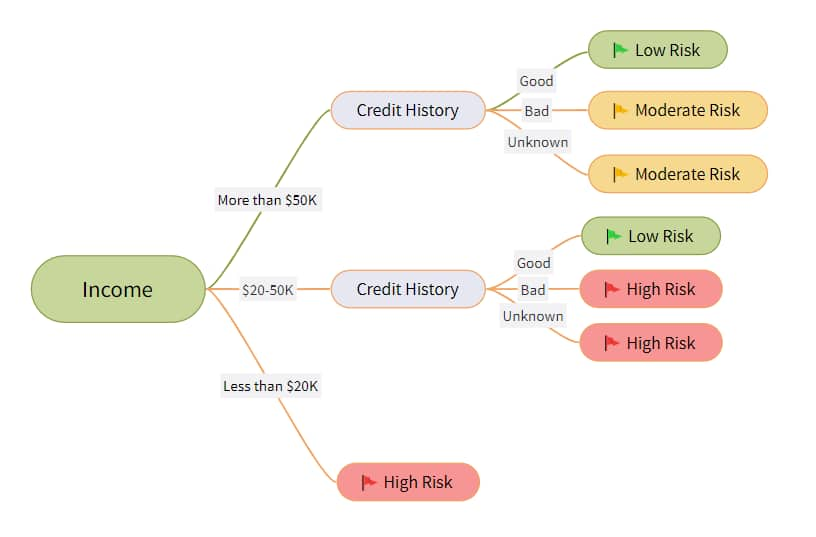
Integrating Best Practices into Your Flowcharts
Beyond addressing immediate issues, effective MCP troubleshooting flowcharts should incorporate industry best practices that enhance system reliability and performance over time.
Visualizing Proactive Server Management
Proactive management protocols can prevent many common MCP issues before they impact systems. Flowcharts that visualize these preventive measures help teams maintain system health through:
- Scheduled maintenance task visualization and dependencies
- System health check procedures and evaluation criteria
- Capacity planning methodologies and triggering thresholds
- Update and patch management workflows with validation
Impact of Proactive vs. Reactive Approaches
Creating System Reliability Checkpoints
System reliability checkpoints provide validation loops that confirm proper MCP operation. These verification processes should be visualized in flowcharts to establish:
- Component-level health verification procedures
- End-to-end functionality testing workflows
- Performance benchmark validation processes
- Disaster recovery validation and readiness checks
Building Security-Focused Decision Trees
Security considerations are paramount in MCP environments. Decision trees that address data exposure prevention should include:
- Authentication mechanism security validation
- Authorization policy verification procedures
- Data encryption implementation checks
- Security log monitoring and alerting workflows
- Incident response and containment processes
Continuous Improvement Frameworks
Effective troubleshooting flowcharts should evolve over time by capturing new insights and solutions. Interactive data visualization tools and meticulously crafted continuous improvement flows should be integrated to:
- Document newly discovered issues and their resolutions
- Track resolution efficiency metrics for optimization
- Capture tribal knowledge and expert insights
- Identify recurring patterns that suggest systemic problems
- Facilitate periodic review and refinement of troubleshooting approaches
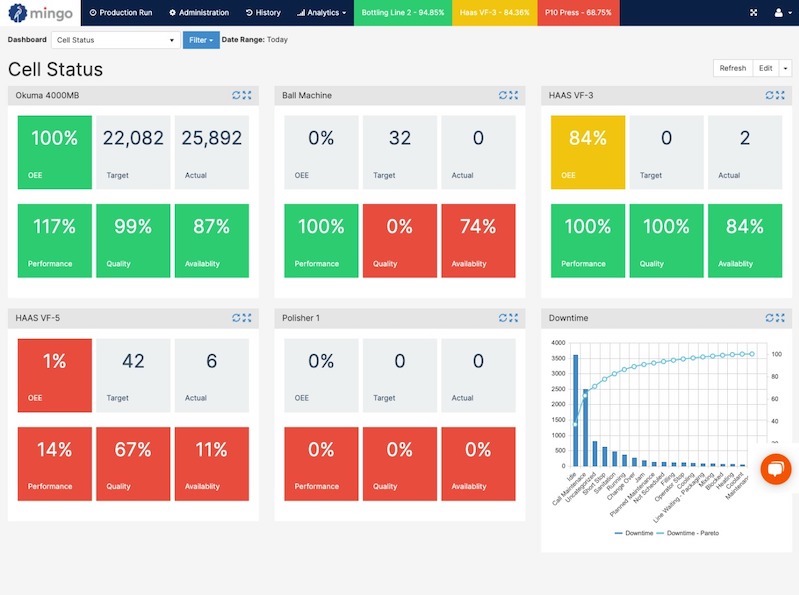
Implementation and Distribution Strategies
Creating powerful MCP troubleshooting flowcharts is only the first step. Effective implementation and distribution strategies ensure these resources are utilized to their full potential.
Converting Static Documentation
Many organizations possess valuable MCP troubleshooting knowledge locked in static documentation. Converting these resources into interactive flowcharts involves:
- Identifying key decision points in existing documentation
- Structuring content into logical troubleshooting trees
- Enhancing with visual elements and interactive components
- Validating accuracy and completeness with subject matter experts
Collaboration Workflows
Maintaining up-to-date MCP troubleshooting flowcharts requires collaborative approaches that leverage distributed expertise. Effective collaboration workflows include:
- Designated ownership and review responsibilities
- Version control systems for tracking changes
- Feedback mechanisms for continuous improvement
- Scheduled review cycles to evaluate effectiveness
- Cross-team validation processes for accuracy
Training Teams
Even the best troubleshooting flowcharts require proper training for effective utilization. Comprehensive training approaches should include:
- Interactive workshops demonstrating flowchart navigation
- Hands-on troubleshooting simulations using the flowcharts
- Role-specific guidance for different support tiers
- Feedback sessions to identify usability improvements
- Certification processes to validate comprehension
Measuring Impact
Quantifying the effectiveness of interactive troubleshooting flowcharts provides valuable insights for ongoing optimization. Key metrics to track include:
- Average time to resolution before and after implementation
- Percentage reduction in escalations to higher support tiers
- Accuracy of initial problem diagnosis
- User satisfaction scores from support teams
- Knowledge retention metrics among technical staff
Using PageOn.ai for Flowchart Maintenance
PageOn.ai provides powerful capabilities for maintaining and updating troubleshooting flowcharts as new MCP issues and solutions emerge:
- Automated update suggestions based on resolution pattern analysis
- Integration with knowledge management systems for synchronized content
- Version history tracking with comparison visualization
- AI-assisted optimization recommendations for complex decision trees
- Dynamic content updates that preserve existing flowchart structures
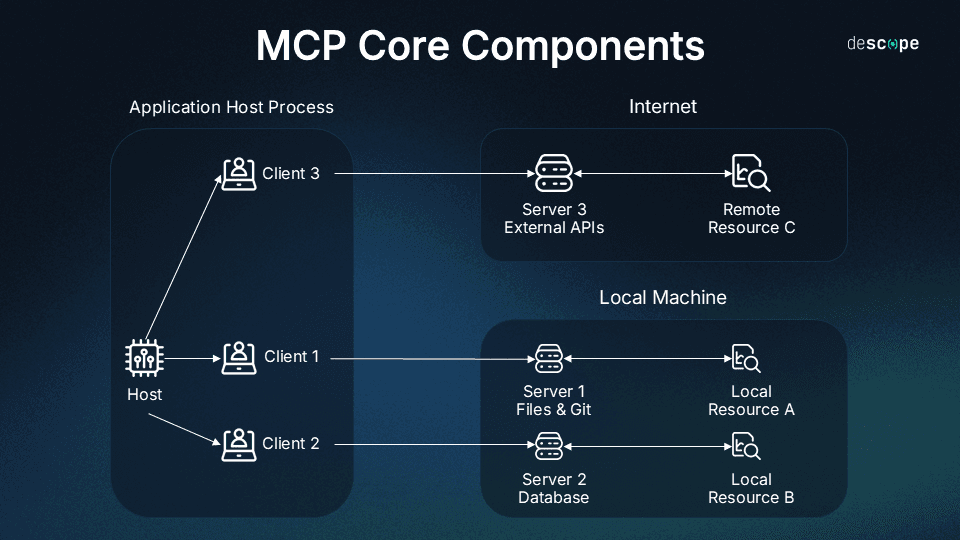
Transform Your MCP Troubleshooting with PageOn.ai
Create powerful, interactive troubleshooting flowcharts that reduce resolution times and improve team efficiency. PageOn.ai's intuitive tools make it easy to build, maintain, and distribute visual decision trees that adapt to your specific MCP environment.
Start Creating with PageOn.ai TodayEmbrace the Power of Visual MCP Troubleshooting
Interactive MCP troubleshooting flowcharts represent a significant evolution in how organizations approach complex system diagnostics. By transforming static procedures into dynamic visual pathways, teams can dramatically improve resolution efficiency, knowledge sharing, and overall system reliability.
PageOn.ai's sophisticated visualization capabilities make it the ideal platform for creating these interactive troubleshooting resources. With features like AI Blocks for connecting related diagnostic paths, Deep Search for integrating knowledge bases, and Vibe Creation for transforming technical concepts into accessible visuals, PageOn.ai empowers teams to build comprehensive troubleshooting frameworks that evolve with their MCP environments.
Start your journey toward more efficient, accurate, and collaborative MCP troubleshooting by incorporating these interactive visualization principles into your support processes today.
You Might Also Like
How to Design Science Lesson Plans That Captivate Students
Create science lesson plans that captivate students with hands-on activities, clear objectives, and real-world applications to foster curiosity and critical thinking.
How to Write a Scientific Review Article Step by Step
Learn how to write a review article in science step by step. Define research questions, synthesize findings, and structure your article for clarity and impact.
How to Write a Self-Performance Review with Practical Examples
Learn how to write a self-performance review with examples and tips. Use an employee performance review work self evaluation sample essay to guide your process.
How to Write a Spec Sheet Like a Pro? [+Templates]
Learn how to create a professional spec sheet with key components, step-by-step guidance, and free templates to ensure clarity and accuracy.
